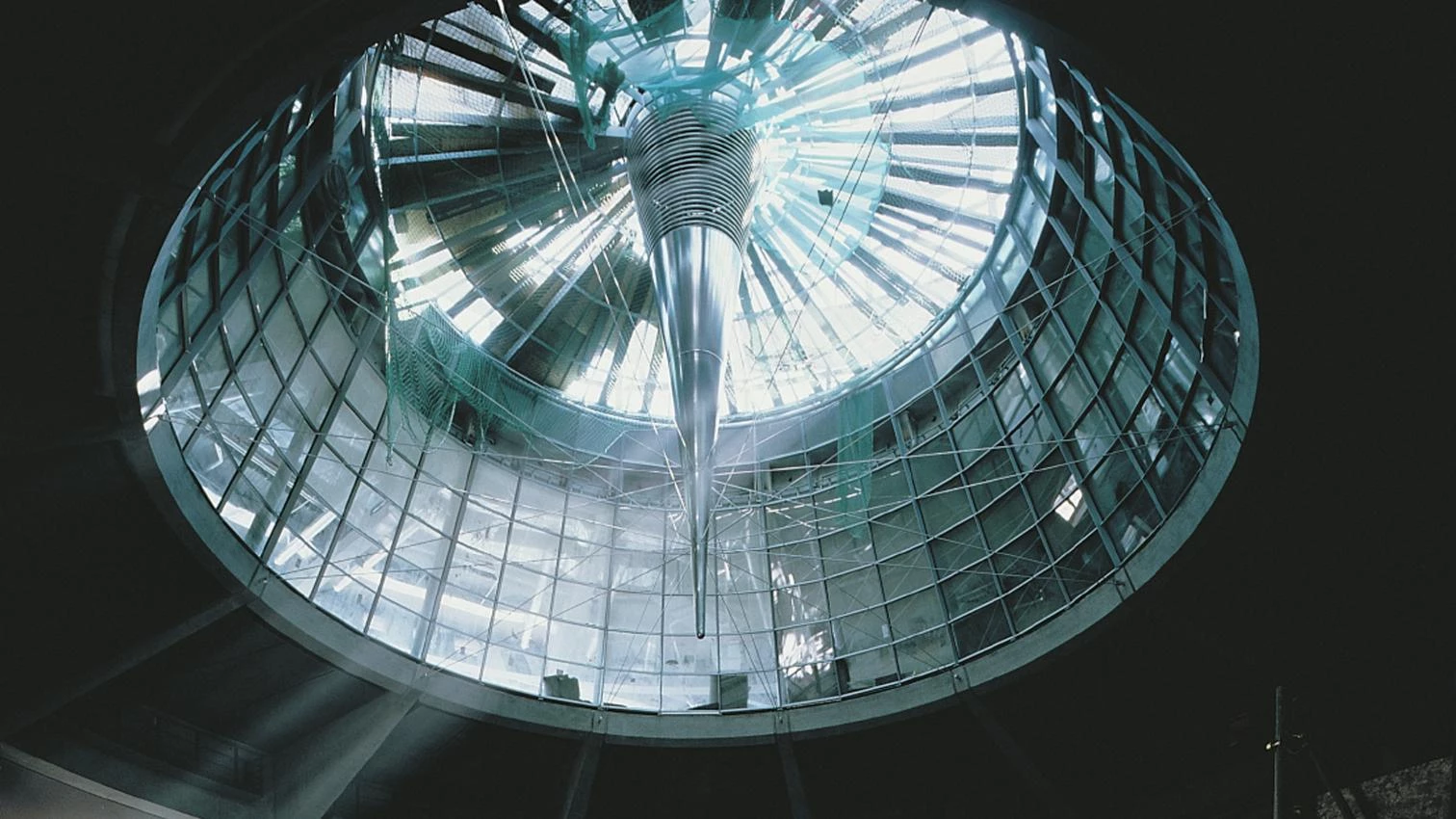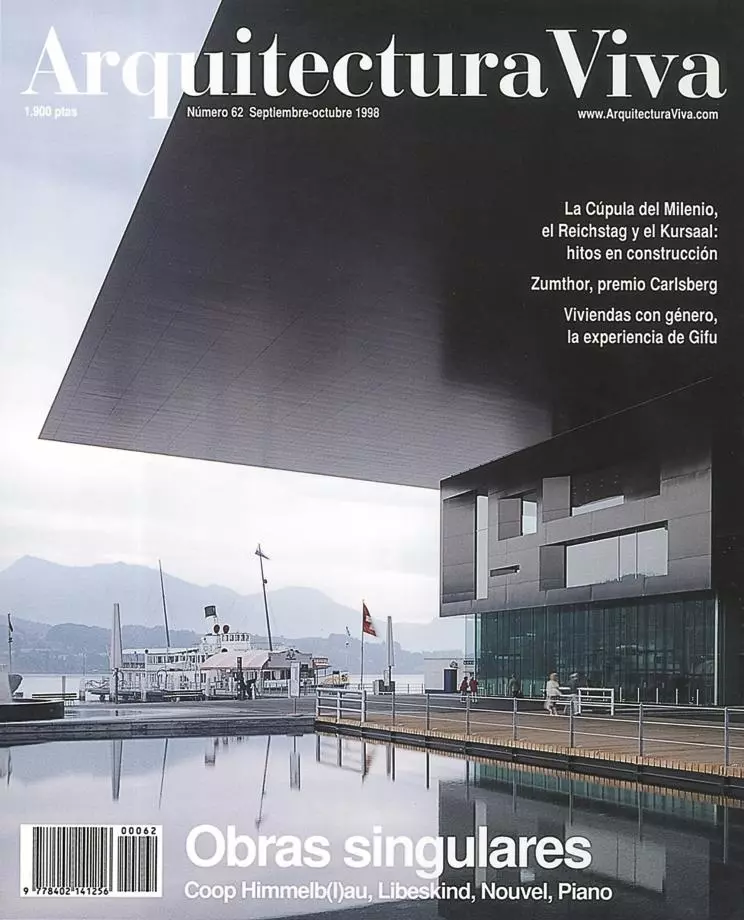
All singular works are rather plural. Singular they are because of their unique locations, which are frequently exceptional in historic character or urban visibility; because of their special uses and programs, which are often accompanied by extraordinary budgets and unexpected technical feats; and because of their specific symbolic demands, which generally lead to a quest for formal originality and an extremely individual language. But these singular works are quite plural. Plural they are because of their geographical or emblematic centrality, which draws the attention of very broad social groups; because of their technical and organizational complexity, which inevitably implies the choral intervention of a large number of specialists; and because their unmistakable forms are inserted in the uproar of conflicting languages, whose profusion of proposals creates a crowded panorama of signs where it is difficult to distinguish voices from echoes.
These very plural singular works represent high-competition architecture. The exacting nature of their requirements, the generosity of the resources available to them and the visibility of their results make them a testing ground and a showcase for innovation. Occasionally they are criticized for the extreme character of their technical or formal solutions, which hinder their pedagogical diffusion; but without such demanding exploration they would not be able to give rise to the ideas which end up being part of everyday practice. Other times they are deplored for the narcissistic character of their individual authorships; but the nominal author is only a fraction of a submerged iceberg of talent, and the buildings arise from a collective choreography. And often they are censured for their spectacular haute couture, which carries an excessive penchant for spotlights and catwalks, without understanding that such exhibitionism is inseparable from the novelty of their achievements and the fecundity of their influence.
As buildings and events, singular works draw attention from the very beginning. Controversial when still on the drawing board, and more energetically debated if they impose themselves over other projects in a competition, some of these constructions keep up the temperature of criticism until completion, upon which the building becomes subject to the final judgment of users and visitors. During this long slow process, there are low moments during which the promise of the work becomes blurred; but there are other moments, more numerous perhaps, when its virtues are presented under a rare light, and the work acquires an emotive and exemplary quality that is not always maintained to the end. Such singular moments also form part of this plural architecture, and the determination to record them is a stubborn and maybe futile effort. But no one told Sisyphus to carry water in a basket.






